Bhutan is a small land-locked mountainous country, surrounded by China to its north and India to its east, south and west. It is no ordinary place – it is a Himalayan kingdom with a reputation for mystery and magic, where a traditional Buddhist culture carefully embraces local development. Bhutan was never colonised and has maintained its independence throughout the centuries. Gross National Happiness is deemed more important than Gross National Product. Bhutan opened its doors to tourism in 1974 but it wasn’t until more recently that tourist numbers began to grow and tourism has now become a leading source of revenue for the country. Bhutan’s tourist mantra is “high value, low impact” which fits with its sustainable approach in line with its philosophy of Gross National Happiness.
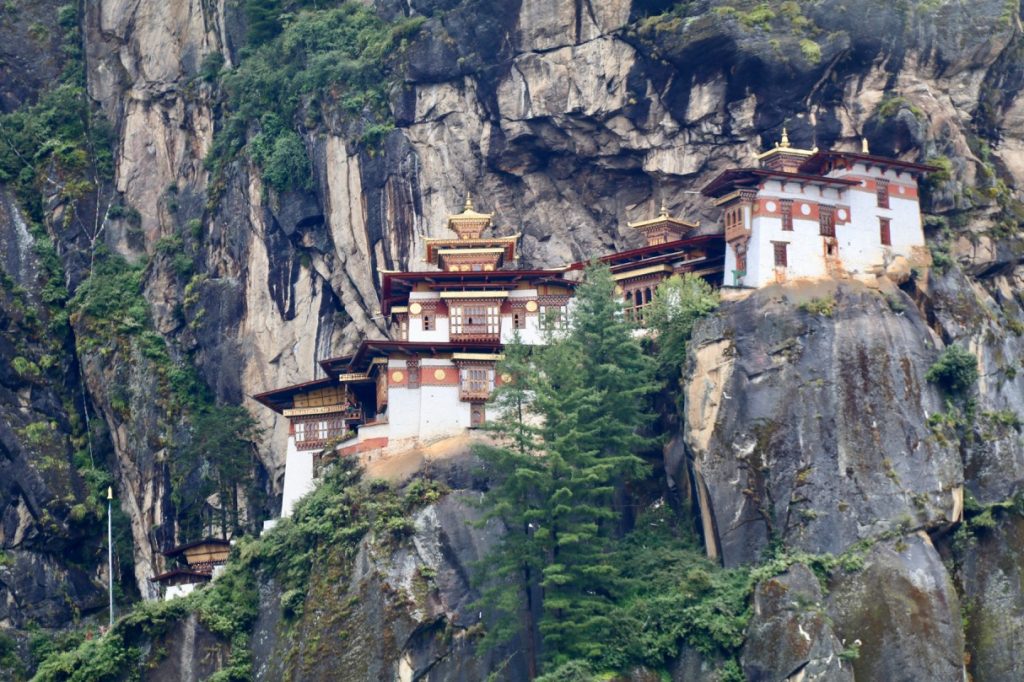
BHUTAN TRAVEL TIPS
BEST TIME TO VISIT BHUTAN
October to December is the best time to visit Bhutan as the air is clear and fresh, with sunny skies. January and February is still clear but temperatures are cold. March and April are also good options, with comfortable temperatures and mostly clear skies. May sees the increase in heat and humidity and the summer months of June to September bring the monsoon rains and highest temperatures.
PICKING A TOUR OPERATOR
Travel in Bhutan is very different to the majority of world countries. Government regulations require all visitors to travel with a pre-paid and pre-planned itinerary, organised through a Bhutanese travel company. You will be accompanied by a Bhutanese guide throughout your trip.
There are many licensed tour companies in Bhutan to choose from but we would recommend Bridge to Bhutan who organised our stay in the country. They are a small company who provided professional service and an excellent driver and guide. Prior to our trip they planned our itinerary and dealt efficiently with all our questions.
Every visitor pays a tourist tariff, a daily fee, per person, to visit Bhutan. This tariff covers 3 star accommodation, all meals, a licensed Bhutanese tour guide, and a vehicle with driver, for getting around.
ALL YOU NEED TO KNOW ABOUT THE DAILY TOURIST TARIFF
You will pay a tourist tariff, a daily fee, per person, to visit Bhutan. This tariff covers your stay in 3 star accommodation (4 and 5 star accommodations require an additional fee), all meals, a licensed Bhutanese tour guide, a car or mini-van and driver, and all necessary camping equipment if you are going trekking.
The fee is US$200 per person, per day for the months of December – February and June – August and US$250 per person, per day for the months of March – May, and September – November. Children up to the age of five travel free. Children between 5 and 12 years old are exempt from the US$65 government royalty, which is a component of the US$250 daily tariff, and pay only 50% of the rest of the daily tariff.
Your payment needs to be transferred to the Bhutan National Bank before your visa will be issued.
GETTING A VISA FOR BHUTAN
Visas are arranged by your tour company and issued on arrival only to those on a pre-paid all inclusive tour of the country.
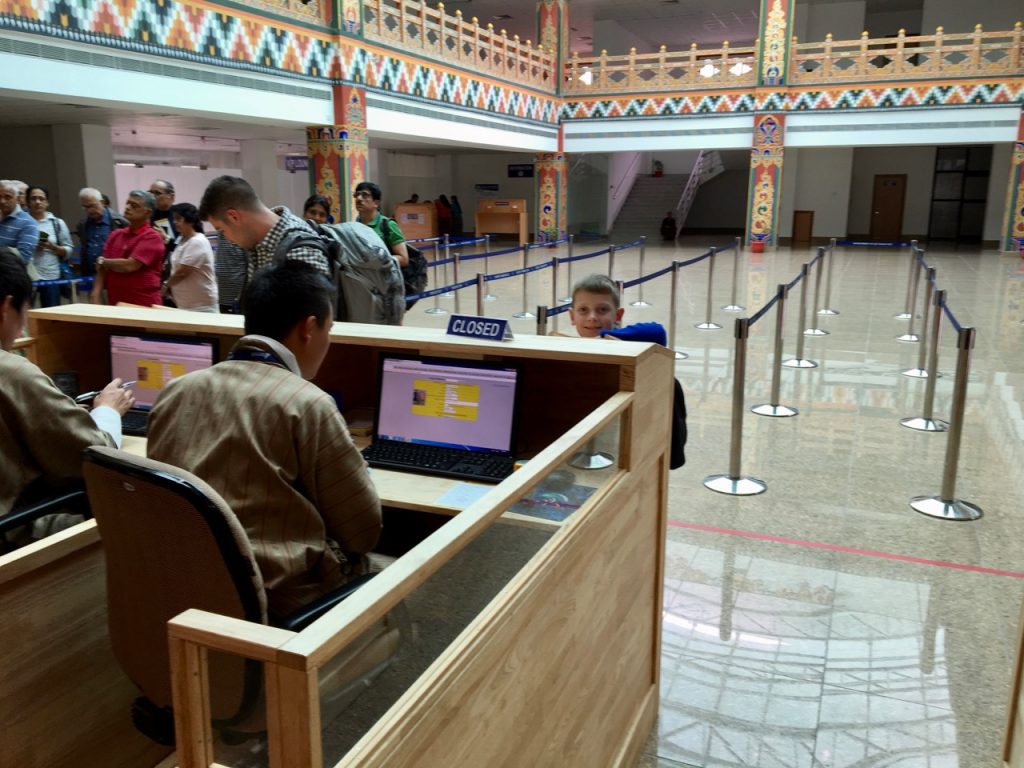
GETTING TO BHUTAN
Most people arrive into Bhutan by air, on the national carriers Druk Air and Bhutan Airways, flying into Paro, the only international airport. The landing in Paro is not for the faint hearted as there are mountains on either side of the plane, alarmingly close at times, and a short runway on which the plane has to stop. It is apparently one of the world’s most difficult airports to land and take off at.
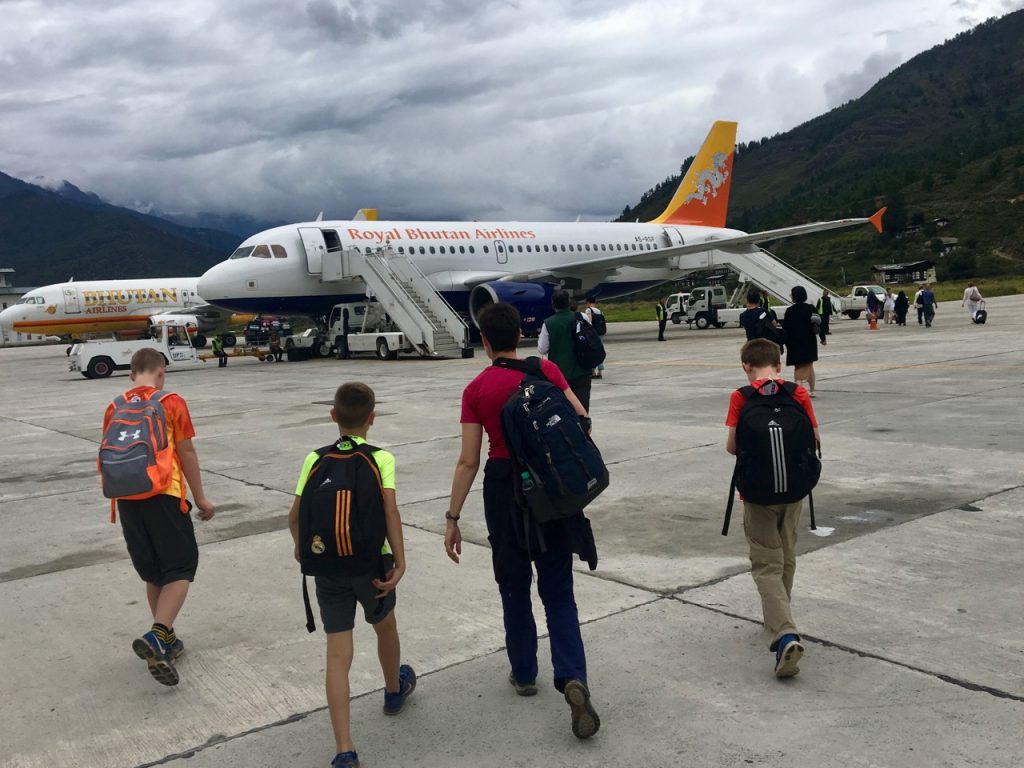
GETTING AROUND IN BHUTAN
As all visitors to Bhutan are required to be accompanied by a driver and guide. Transport around the country will likely be by car, 4WD or mini-bus.
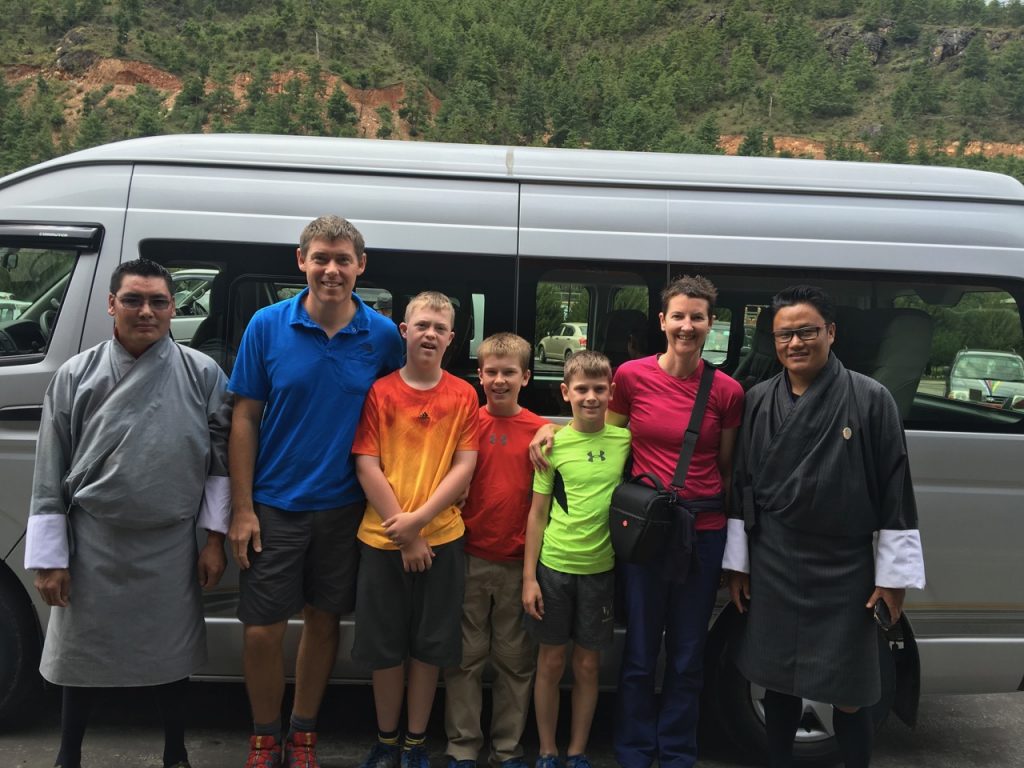
FOOD IN BHUTAN
Food in Bhutan is a mix of Chinese, Tibetan and Indian. The Bhutanese like spicy food and every meal includes chillies! If you don’t like spicy food, get used to asking for everything with no chillies.
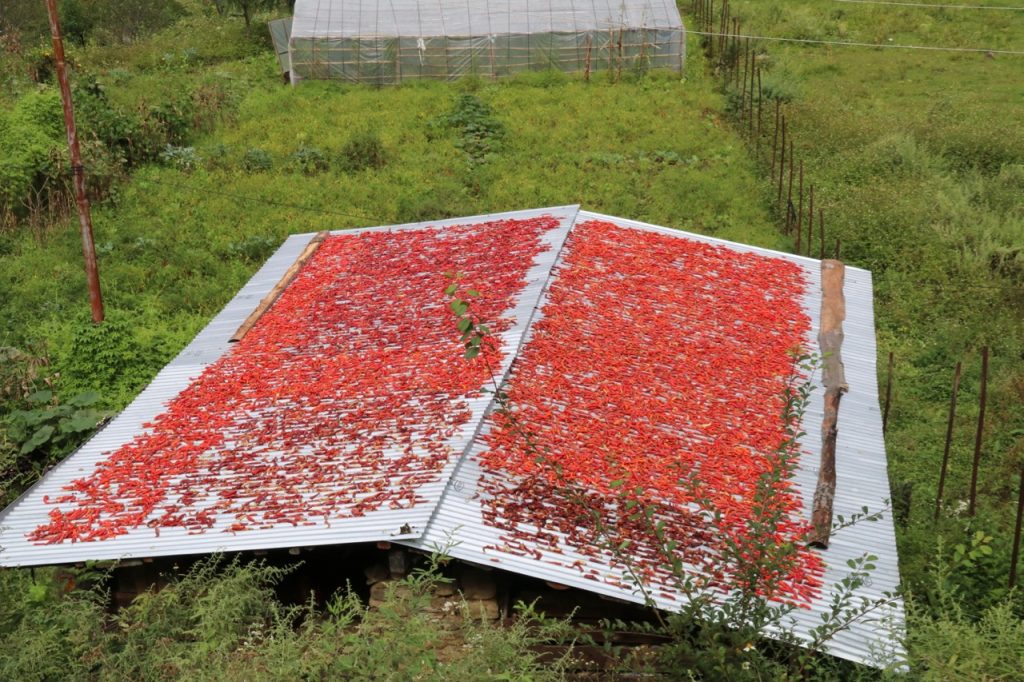
Rice is always available, although it may be red! Rice is usually accompanied by meat and vegetables. Momos, steamed dumplings, are also popular.
HOTELS IN BHUTAN
The 3* hotels in Bhutan are basic but comfortable.
WHAT TO WEAR IN BHUTAN?
The Bhutanese have a fairly formal dress code for both themselves and visitors. Traditional dress for Bhutanese men is a gho, a knee length, robe-like cloth which is wrapped around their bodies and secured with a belt. Women wear a long floor-length dress called a kira.
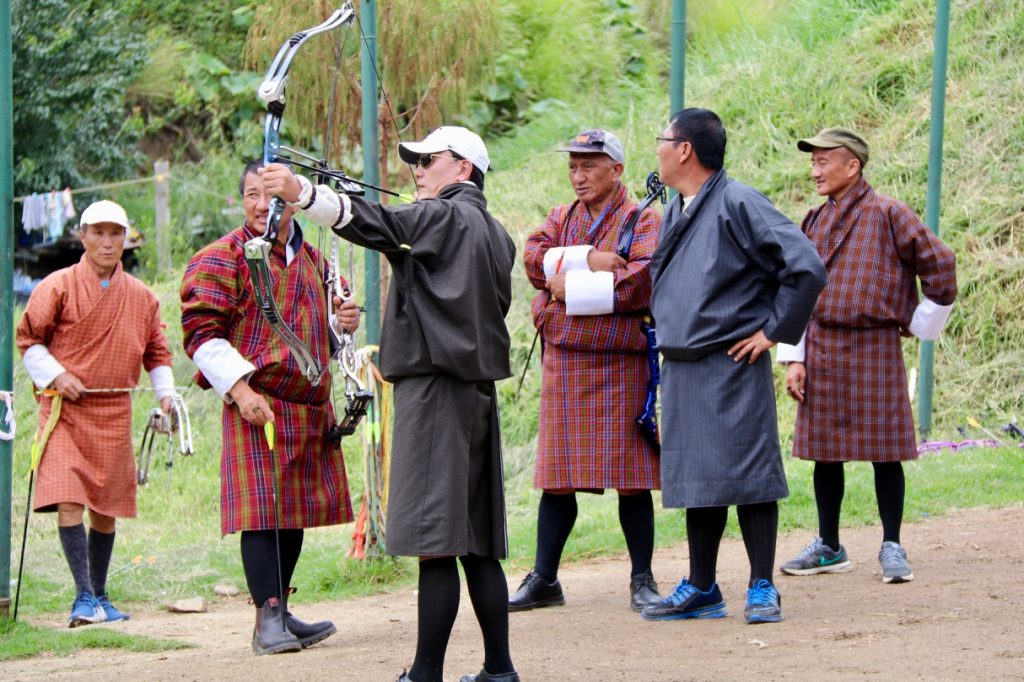
Men should wear a collared shirt or polo shirt and long trousers. For women trousers or a long skirt and long sleeved tops are best. Kids however, are fine in shorts and t-shirts.
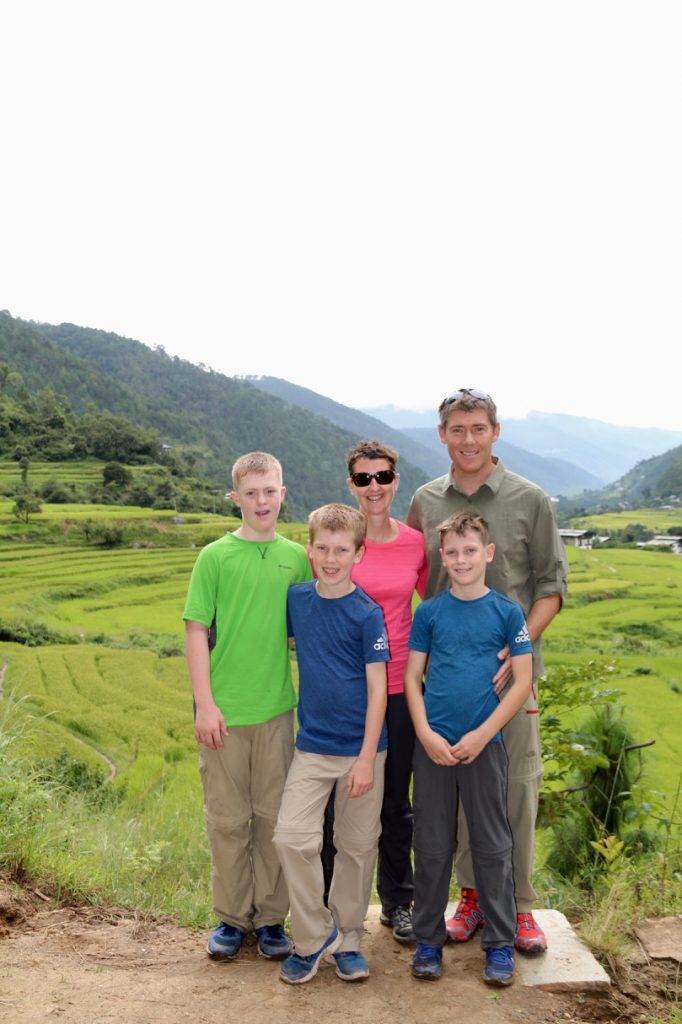
Shoes should be easy to put on and take off as they will need to be removed at every monastery or temple.
EAR PLUGS NEEDED…
Barking dogs at night can be a problem in Bhutan, so if you are a light sleeper bring ear plugs. This was a particular problem for us in the capital Thimphu.
READ MORE ON BHUTAN:
One week Bhutan Itinerary with Children
Top 10 Things To Do In Thimphu
Hiking to Tiger’s Nest Monastery
Have you been to Bhutan? What Bhutan travel tips do you have? Let us know your thoughts in the comments below.
Any post on this site may contain affiliate links which earn us a small commission at no additional cost to you.
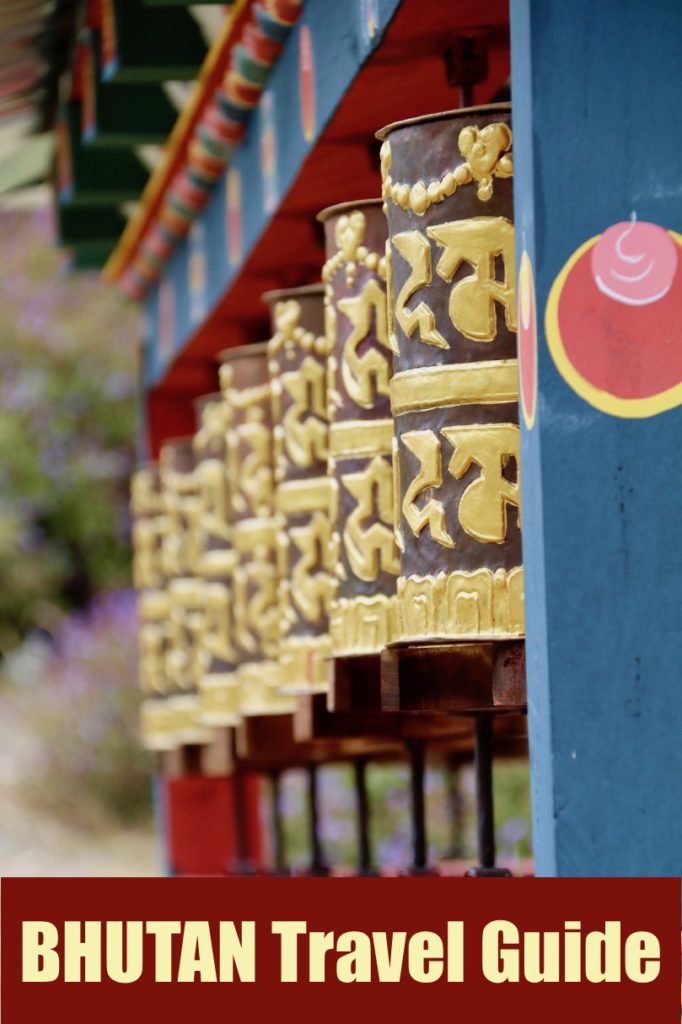

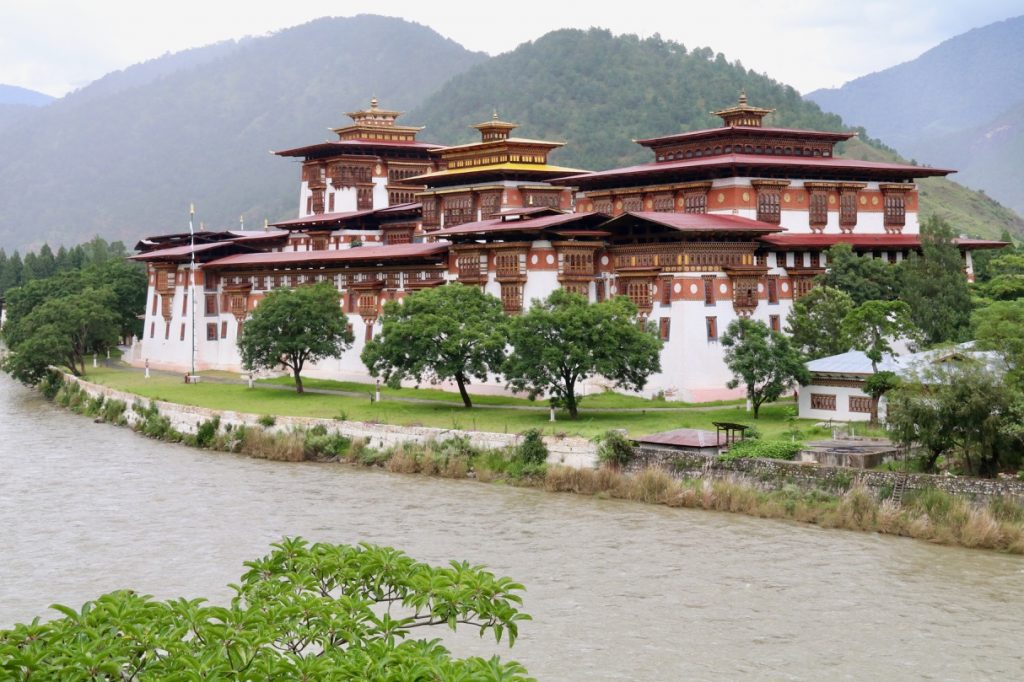
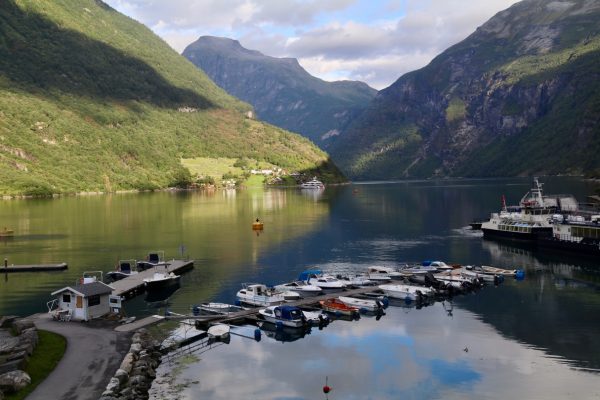
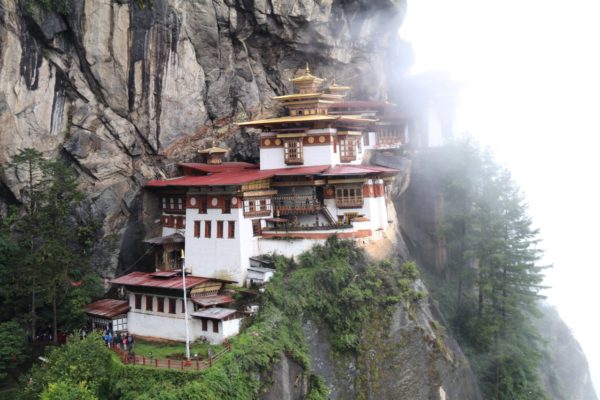
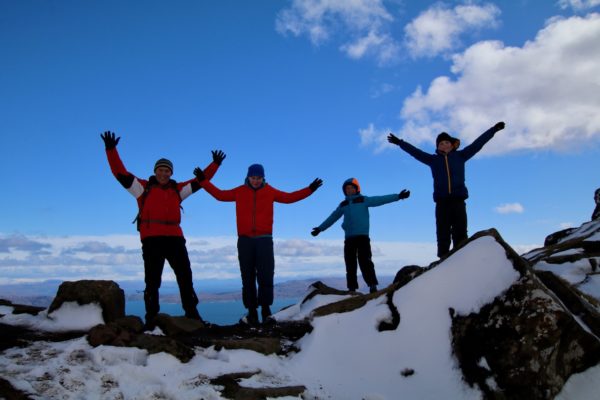

8 Comments.
We want to know: Did you visit the Divine Madman Temple? Any hopes of more little Williams’? 😉
Yes we did, but we didn’t get blessed by the large wooden Phallus..!
Hi, I’m thinking of doing a Bhutan trip with my eleven-year-old girl in November. Is it still possible to whitewater rafting?
Hi. I’m afraid I don’t know. We were there in September and it was perfect.
What an adventure for your young boys, to travel to Bhutan and experience the culture there. They will have these memories all their lives. I love the photo of them heading to the plane — I never think to take a photo at that stage of a trip, but how fun to have that memory of the beginning of the trip!
Absolutely. Learning to take photo’s of absolutely everything so you have them for posts!
Bhutan has been on my wish list for so long! The culture seems so different – and I like the sound of their philosophy of measuring everything in happiness. I wonder how it works in practise!
Bhutan is a fascinating country to visit…very different from other Asian countries.